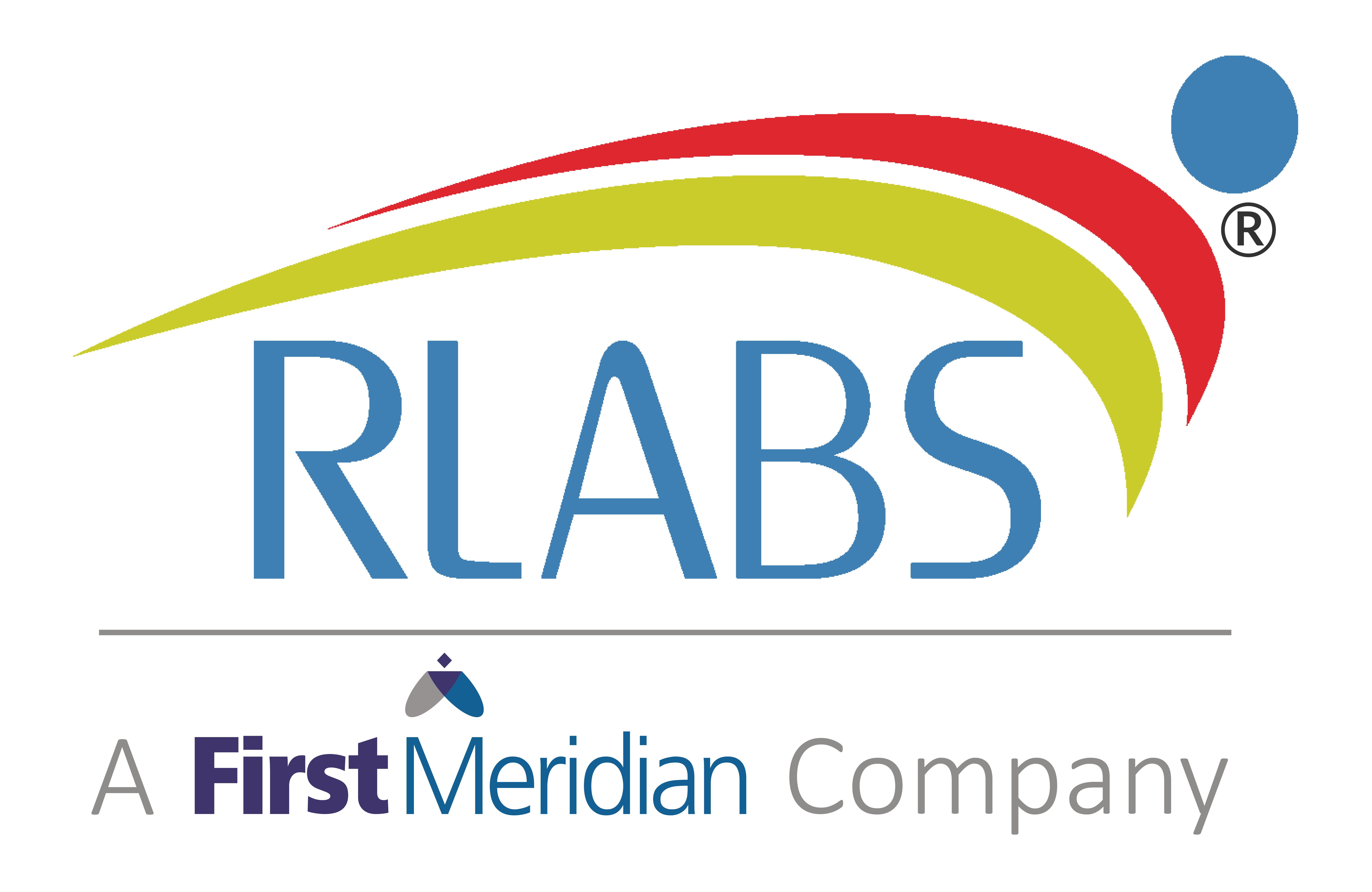In the modern, fast-paced business world where technology plays a crucial role, organizations increasingly depend on effective IT infrastructure managed services and support for their operations. However, handling intricate IT systems internally can be difficult and demanding regarding resources. This is when the use of IT-managed services solutions becomes essential. By entrusting the management and support of their IT infrastructure to external providers, organizations can benefit from specialized expertise while concentrating on their main business goals. This article will examine several recommended approaches for implementing IT managed services solutions.
Comprehensive Service Level Agreements (SLAs)
A strong foundation for successfully managed IT solutions lies in well-defined and comprehensive Service Level Agreements (SLAs). SLAs clearly outline the scope of services, expected response times, uptime guarantees, and performance metrics. Collaborating SLAs that align with your organization’s unique requirements and business objectives is essential. These agreements serve as a roadmap for both the organization and the managed services provider, ensuring a mutual understanding of responsibilities and expectations.
Proactive Monitoring and Maintenance
IT-managed services simplify monitoring and maintenance by utilizing advanced tools to identify potential issues before they impact operations. This comprehensive approach leverages state-of-the-art technology that expands the capability for early detection of anomalies, performance bottlenecks¸, or security threats—IT managed services simplify monitoring and maintenance by utilizing a wide range of advanced tools to identify potential issues before they impact operations. These services go beyond basic monitoring, providing comprehensive solutions for the proactive management of IT infrastructure. One key benefit is proactive monitoring, which allows for the early detection of anomalies that might otherwise go unnoticed. In addition to identifying performance bottlenecks or security threats, this type of monitoring can also uncover underlying causes behind recurring issues.
Robust Security Measures
Maintaining strong security is crucial in today’s cybersecurity landscape. A trustworthy IT-managed services provider should prioritize and implement best practices to protect your data and systems, such as threat detection systems, firewalls, and security monitoring. Regular vulnerability assessments and penetration testing ought to be conducted to identify vulnerabilities. An effective security strategy must include measures like data encryption, access controls, incident response plans, and employee training on security awareness.
Scalability and Flexibility
As your company grows and progresses, it is crucial to choose an IT-managed services provider that can adjust to your evolving requirements. They should have the flexibility to meet your changing needs, such as scaling operations, adopting innovative technologies, or facilitating remote work setups. It is suggested that you collaborate with a provider who delivers tailored solutions customized to your unique demands. This will assure that your organization’s IT infrastructure keeps pace with its expansion and remains up-to-date with current industry developments.
Continuous Improvement and Innovation
The IT landscape continuously evolves, and leveraging the latest technologies and best practices is crucial to staying competitive. A forward-thinking managed services provider should demonstrate a commitment to continuous improvement and innovation. They should stay current with industry trends, invest in ongoing training and certifications for their staff, and proactively suggest new solutions and technologies enhance their IT infrastructure. By partnering with a provider emphasizing innovation, you can leverage their expertise and ensure that your IT systems remain cutting-edge and aligned with industry best practices.
Conclusion
In conclusion, managed services IT enhances security measures and leverages specialized expertise. By following best practices such as comprehensive SLAs, proactive monitoring and maintenance, robust security measures, scalability, and flexibility options, organizations can maximize the benefits of IT-managed services. Remember to assess potential providers thoroughly to align their offerings with unique requirements to establish a successful collaborative partnership for productive IT-managed services solutions.

